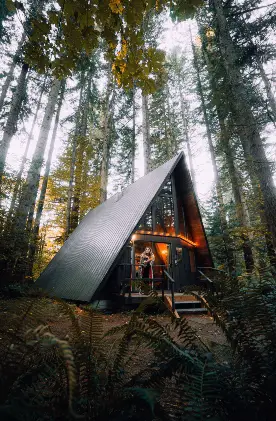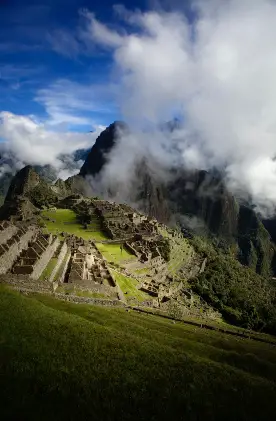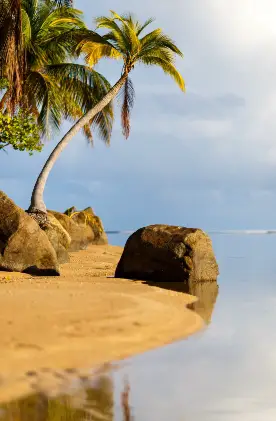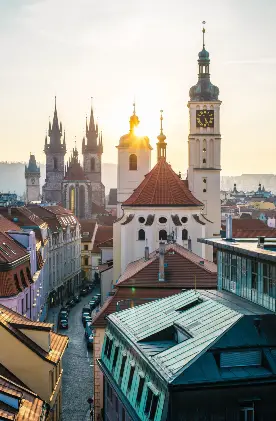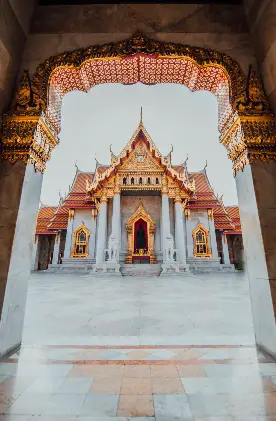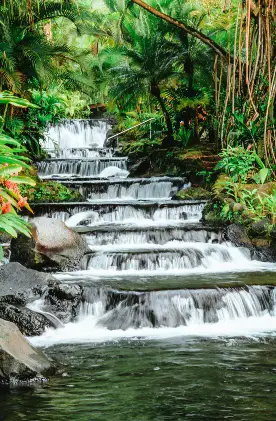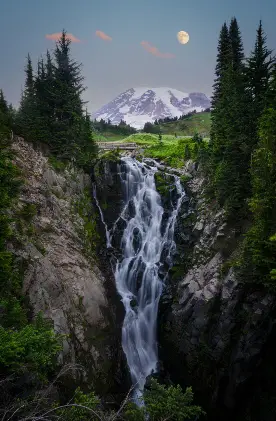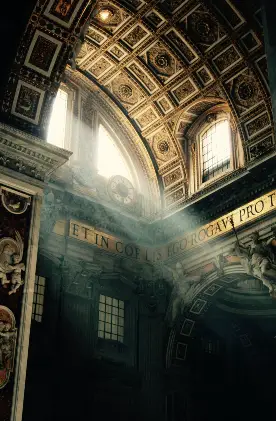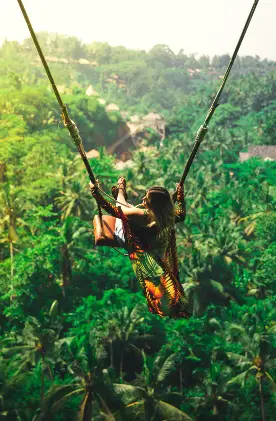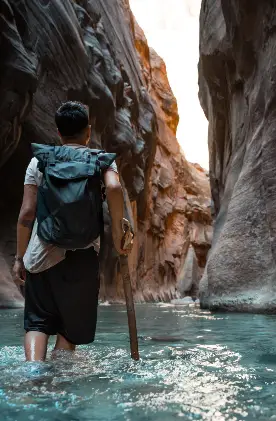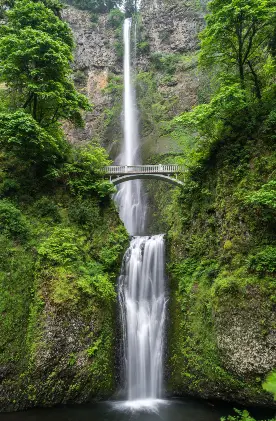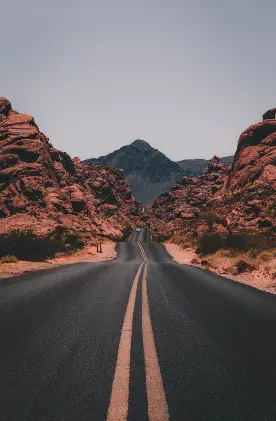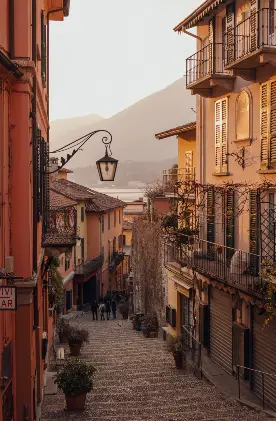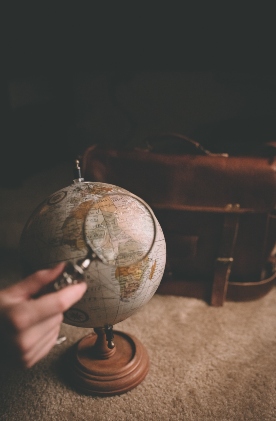Welcome to my guide on the best things to do in Ethiopia. I’m Louis Barthélemy – a French artist born in Lyon and brought up in London where I studied fashion design at Central Saint Martins. I now split my time between Paris, Marrakech and Cairo.
I design textiles for fashion and interiors as well as tapestries with local artisans in Egypt. I also launched a label of sandals made in Morocco.
Ever since my childhood, my parents exposed my brothers and I to the love of travel and the appreciation of the otherness. It was a main pillar of the education we received.
My inspiration to visit Ethiopia came from the work of Hans Silvester at the Afro Brazil Museum in Sao Paulo some years ago. I was stunned by the portraits taken of the tribes of the Omo Valley in Southern Ethiopia. Ever since then I have been wanting to go to Ethiopia.
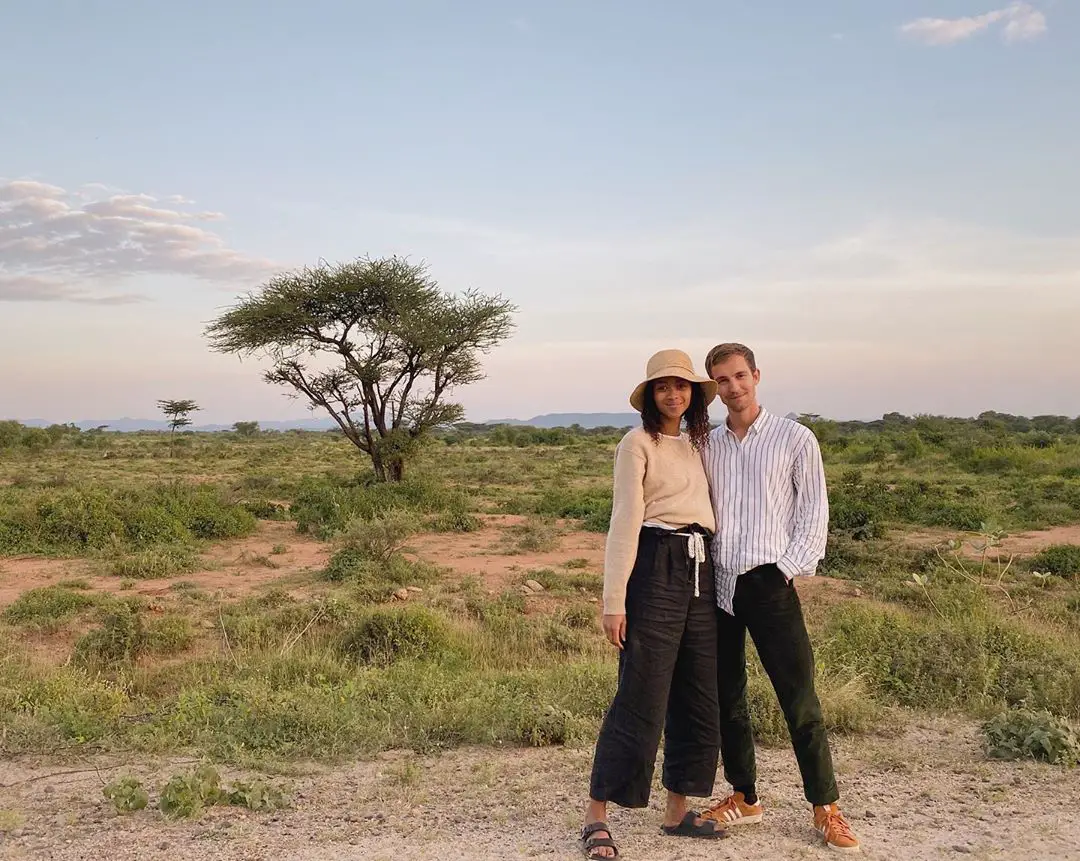
3 Weeks in Ethiopia: Historical Wonders & Soulful People
Landing in Ethiopia, I was touched by the natural grace and softness of the people. My trip in Ethiopia started in Addis Ababa where I spent a few days acclimatising myself to the city vibe. I enjoyed spending time at the museums, coffee shops and jazz clubs.
I then flew to Arba Minch. From there we drove around the Omo Valley. This region of Ethiopia is inhabited by numerous tribes.
We had the opportunity to meet the people of the valley in their villages, at local markets and along the Omo River. Once we made it to Jinka, we took an internal flight to Mek’ele – a city in the north of Ethiopia.
From Mek’ele we visited the Tigray region, the volcanic lands near the Eritrean border, the rock-hewn churches of Gheralta, attended a Coptic Christmas in Lalibela, visited Gondar and its palaces, went to the monasteries of Lake Tana, and saw the Blue Nile Falls.
Three weeks were needed to explore these incredible places. It was a nice introduction to the country and its diversity.
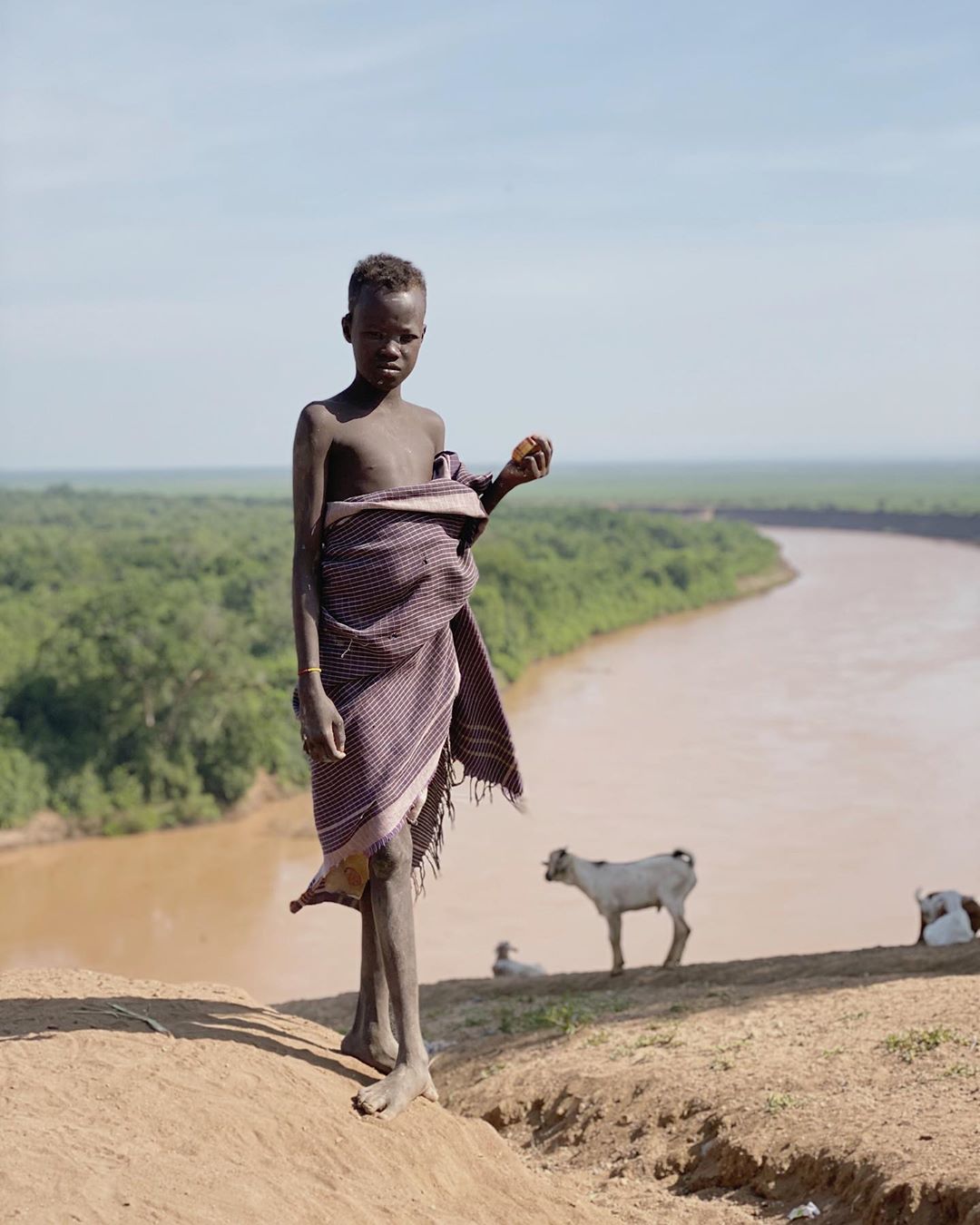
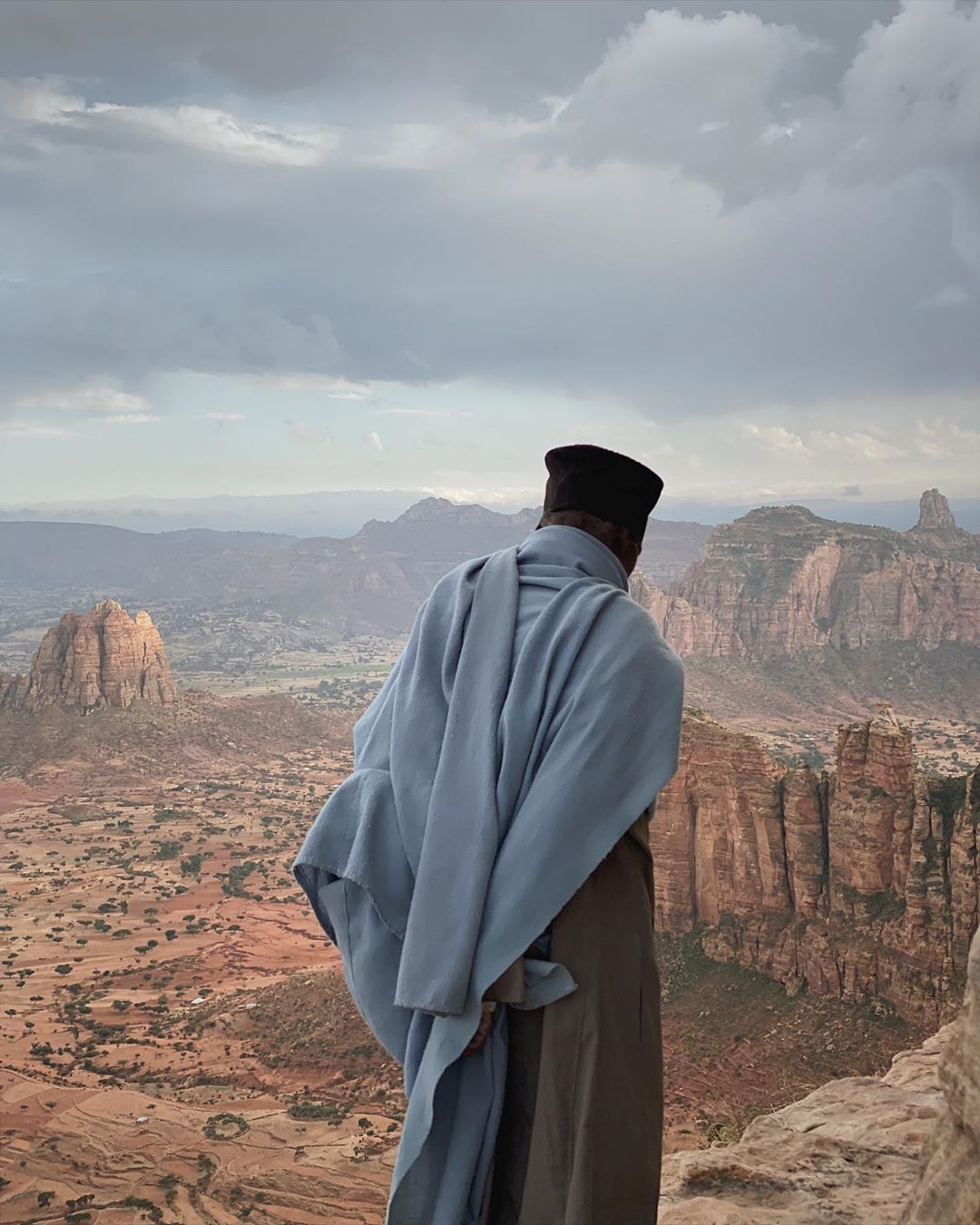
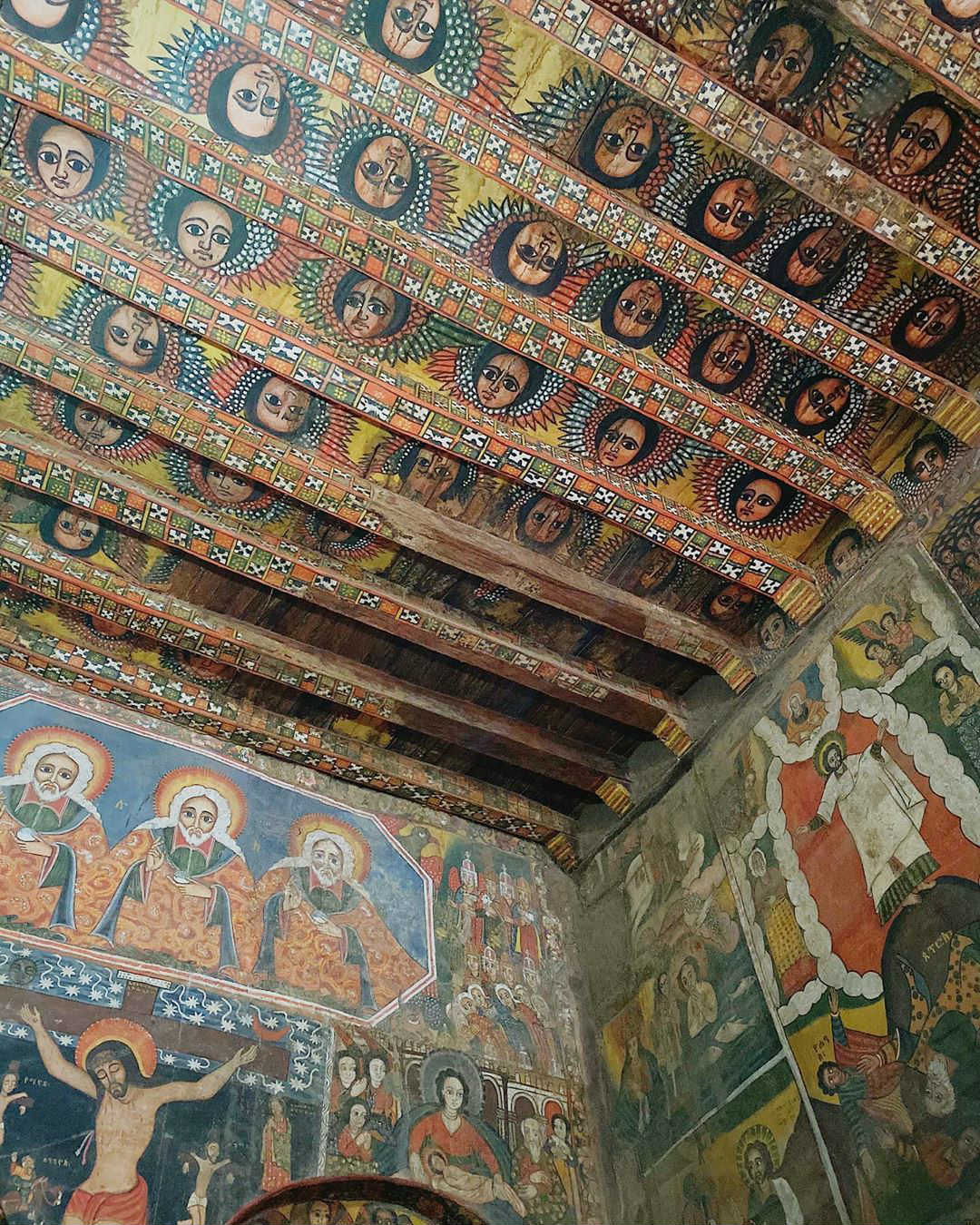
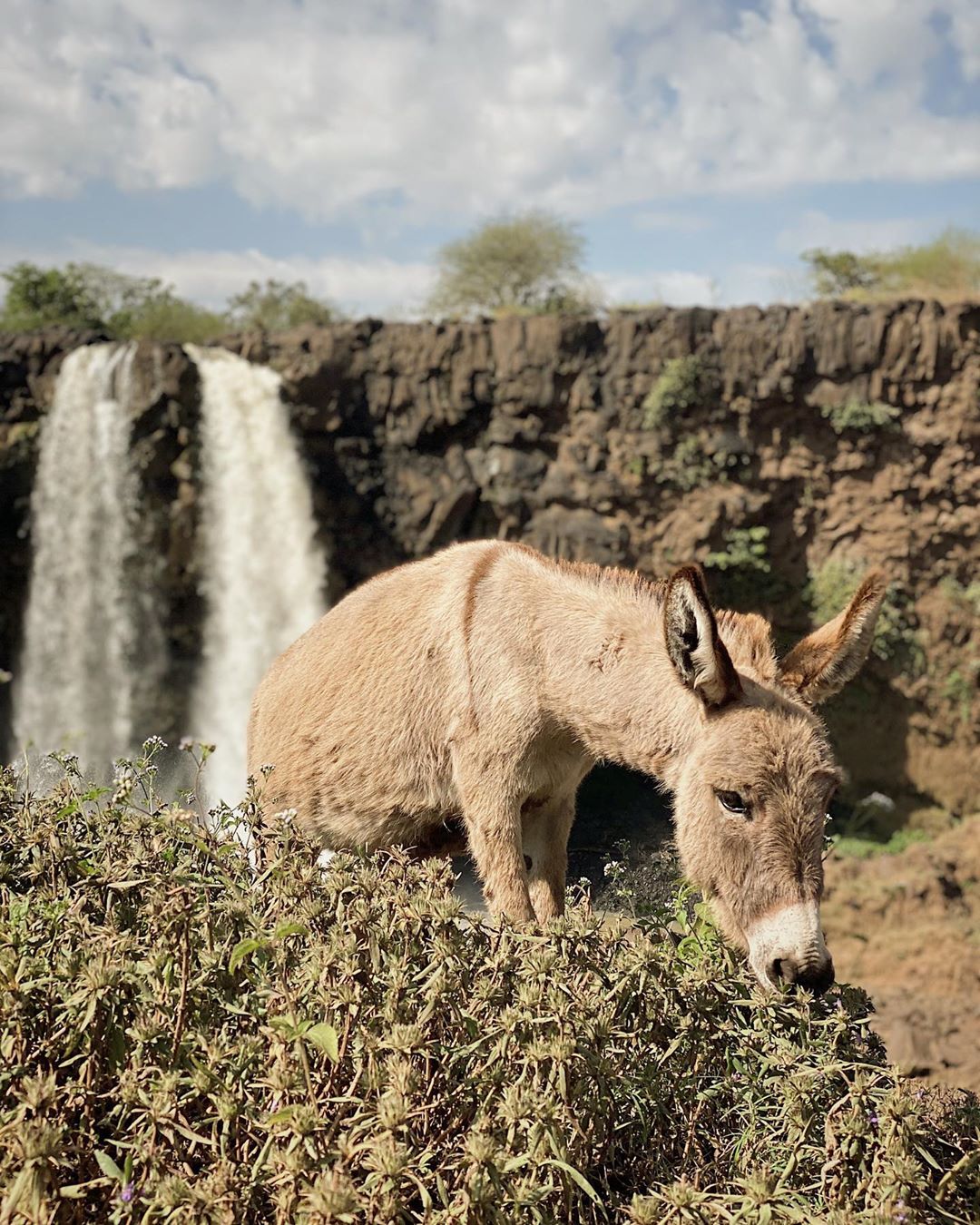
Places and Experiences in Ethiopia that Moved Me
Two places really moved me in Ethiopia, particularly because of the human interaction I experienced. Firstly: the Dassanech Village near Omorate on the other side of the river, past the arid fields near the Kenyan border.
A small ethnic group lives here and keeps its ancient traditions alive. I was struck by the hospitality and warmth of the people.
I was left in admiration of the timeless living tableaux of the village. The fascinating architecture of their homes, their amazing dancing ceremonies and bodies washing in the river – all created a stunning living picture.
Secondly, I was transported by the sacred fervor of the religious processions during Gena. It’s the equivalent of Christmas in Lalibela.
This town in northern Ethiopia attracts thousands of pilgrims every year who dress in white cloth and celebrate this special occasion. Never have I experienced something so pure and holy.
My favourite memory that I brought back from Ethiopia was climbing the Abuna Yemata Guh. This monolithic church is perched 1000 feet on the side of a steep mountain. Overwhelmed by the climb, I entered the church shaky from the adrenaline rush.
I was welcomed by the warmth of Father Assefa who invited me to sit on the floor. We sat together and contemplated the wonderful sixth century paintings depicting scenes of the Bible.
I was left speechless by the sacred beauty of Abuna Yemata Guh. The serenity and humbling presence of the priest all added to the experience.
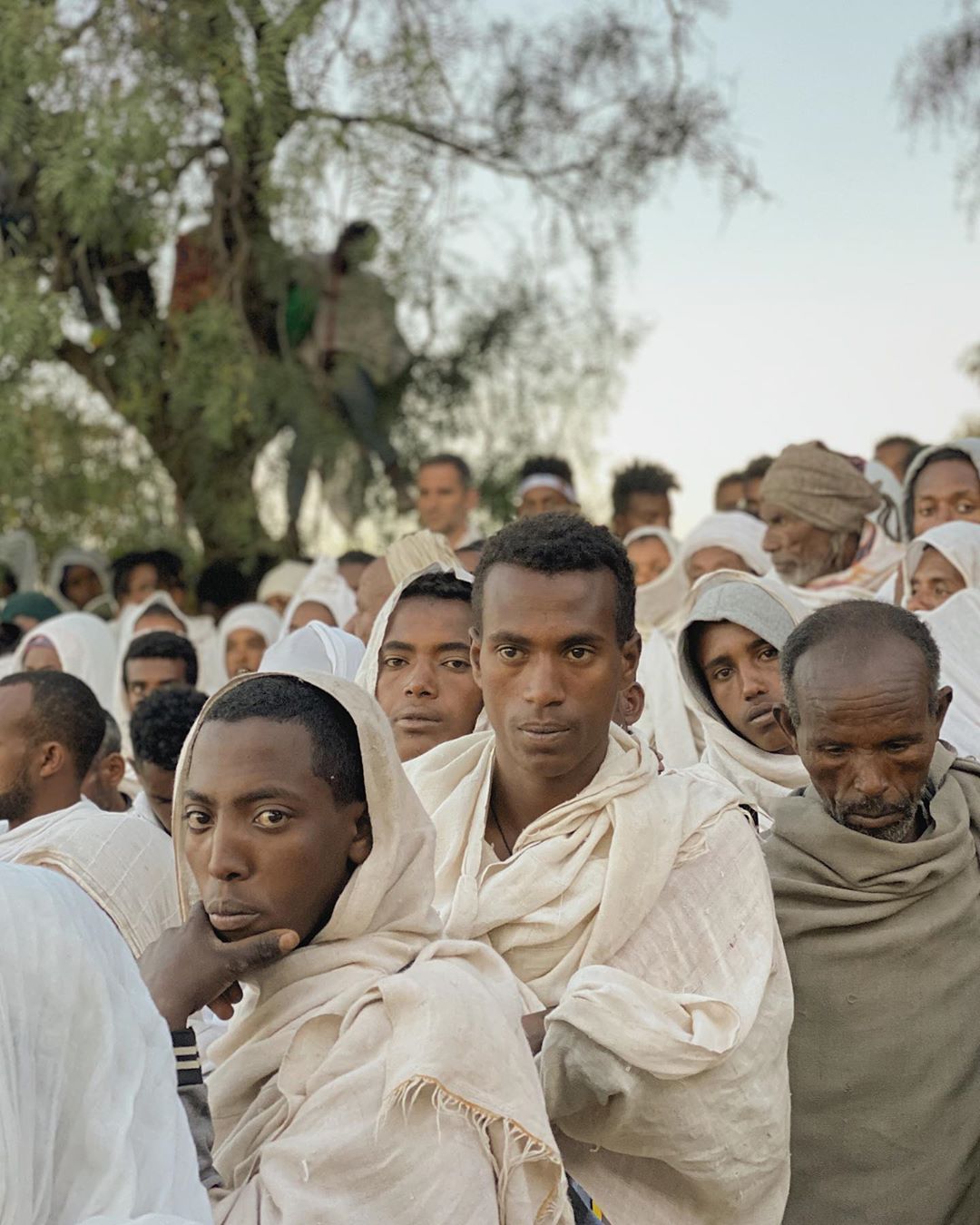
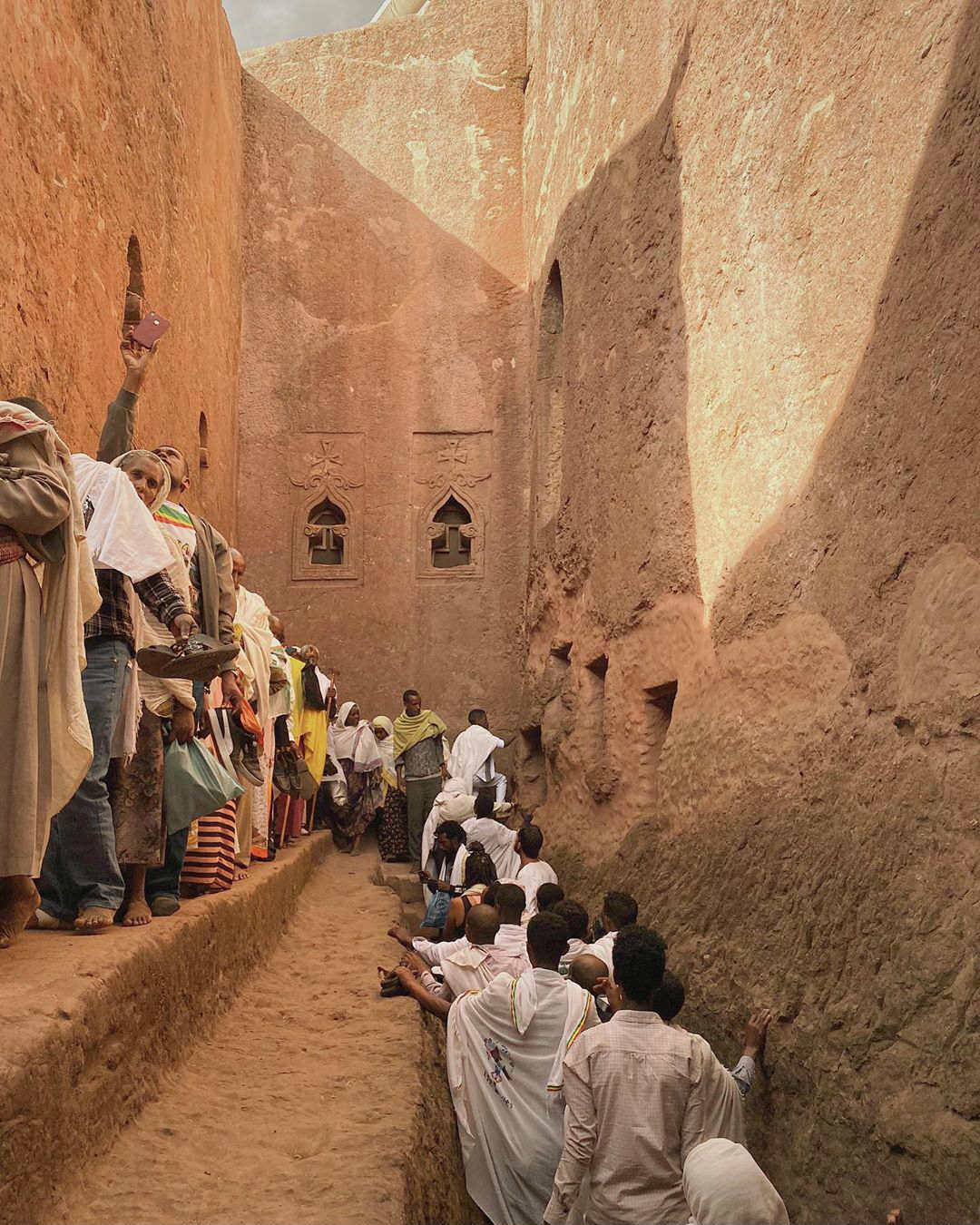
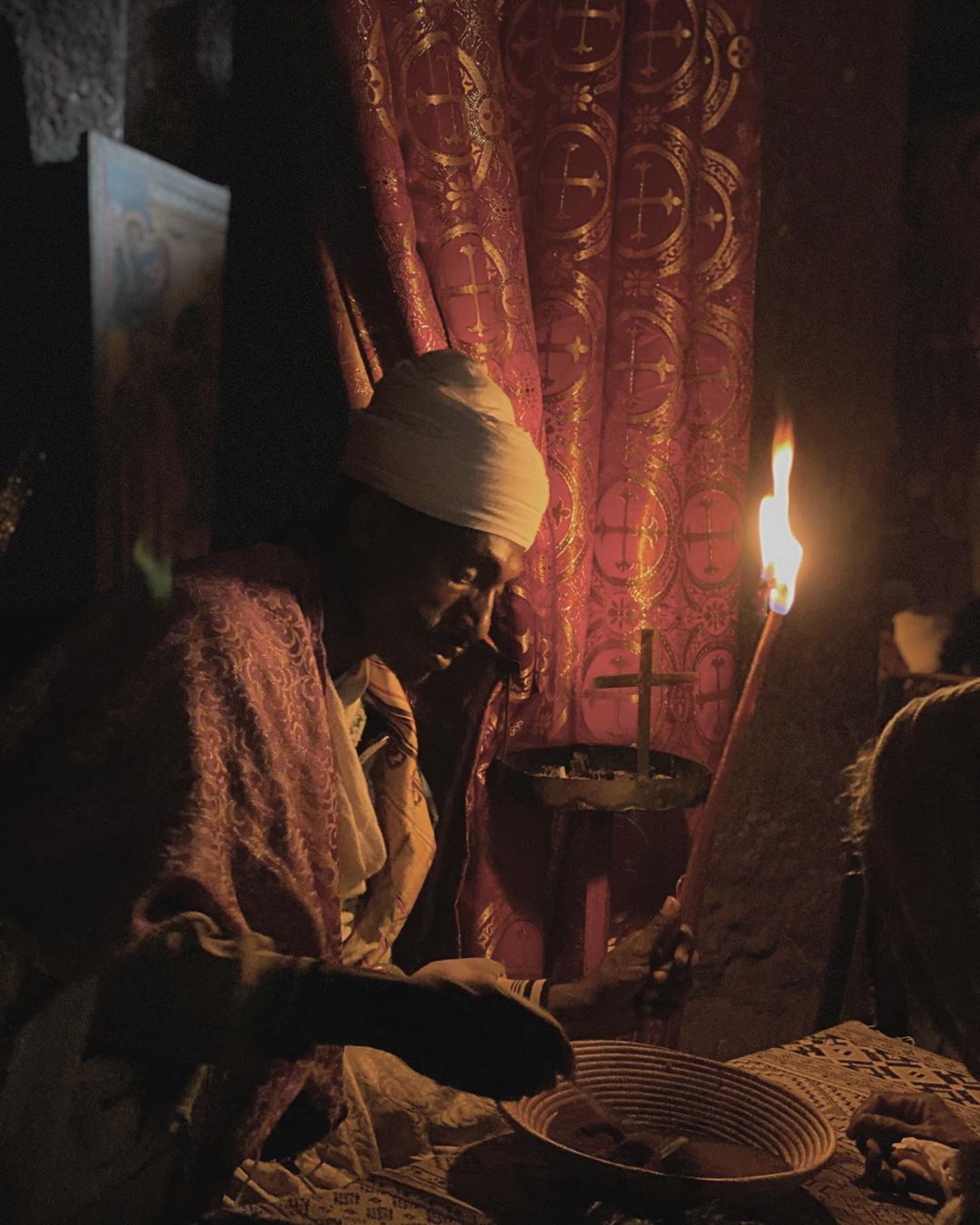
Top 5 Things To Do in Ethiopia
There are so many fascinating things to do in Ethiopia that it can be hard to know where to start. From my three weeks in the country, I can narrow it down to these five experiences.
As mentioned above, ascending the Abuna Yemata Guh in Gheralta would be my number one experience. Stay at the Gheralta Lodge for a charming accommodation that overlooks the stunning surrounding landscapes.
Second on my list would be an evening at Fendika Azmari Bet. This Ethiopian jazz bar in Addis Ababa is just awesome. Sip honey wine and get taken away by the entrancing rhythms of the percussion and live music.
Coming in hot at number three on my list of the top things to do in Ethiopia is the Danakil Depression situated in the northern part of the Afar Triangle. The surreal basins of fluorescent green acid and sulfur fuming from the desert are incredible to witness up close.
Lastly, the frenzyness of the Jinka Market in the Omo Valley and spending Christmas night mass on the 6th of January in Addis Ababa are my final recommended things to do in Ethiopia. Witnessing the pilgrims sing all night in an incredible candlelit spectacle is pretty special.
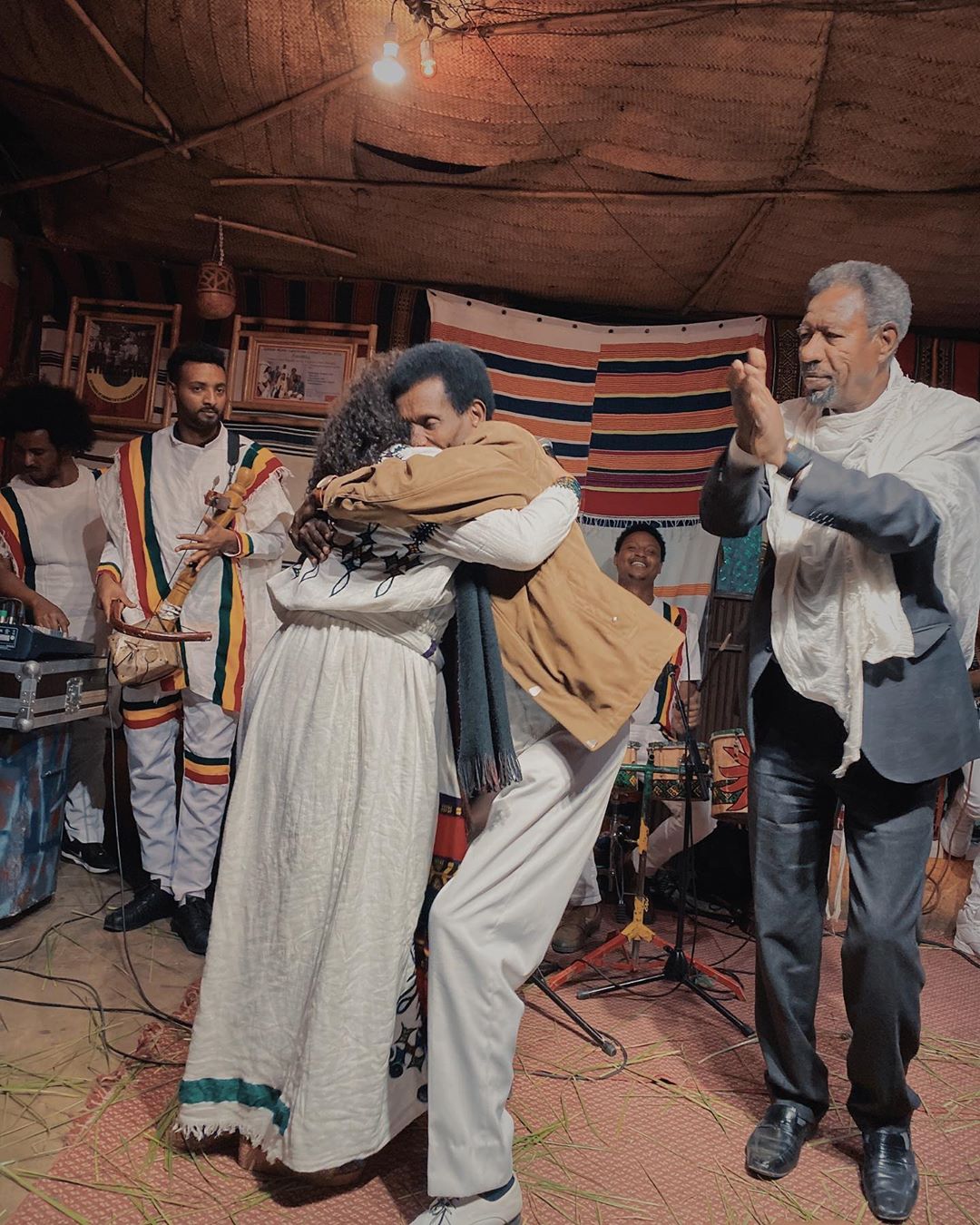
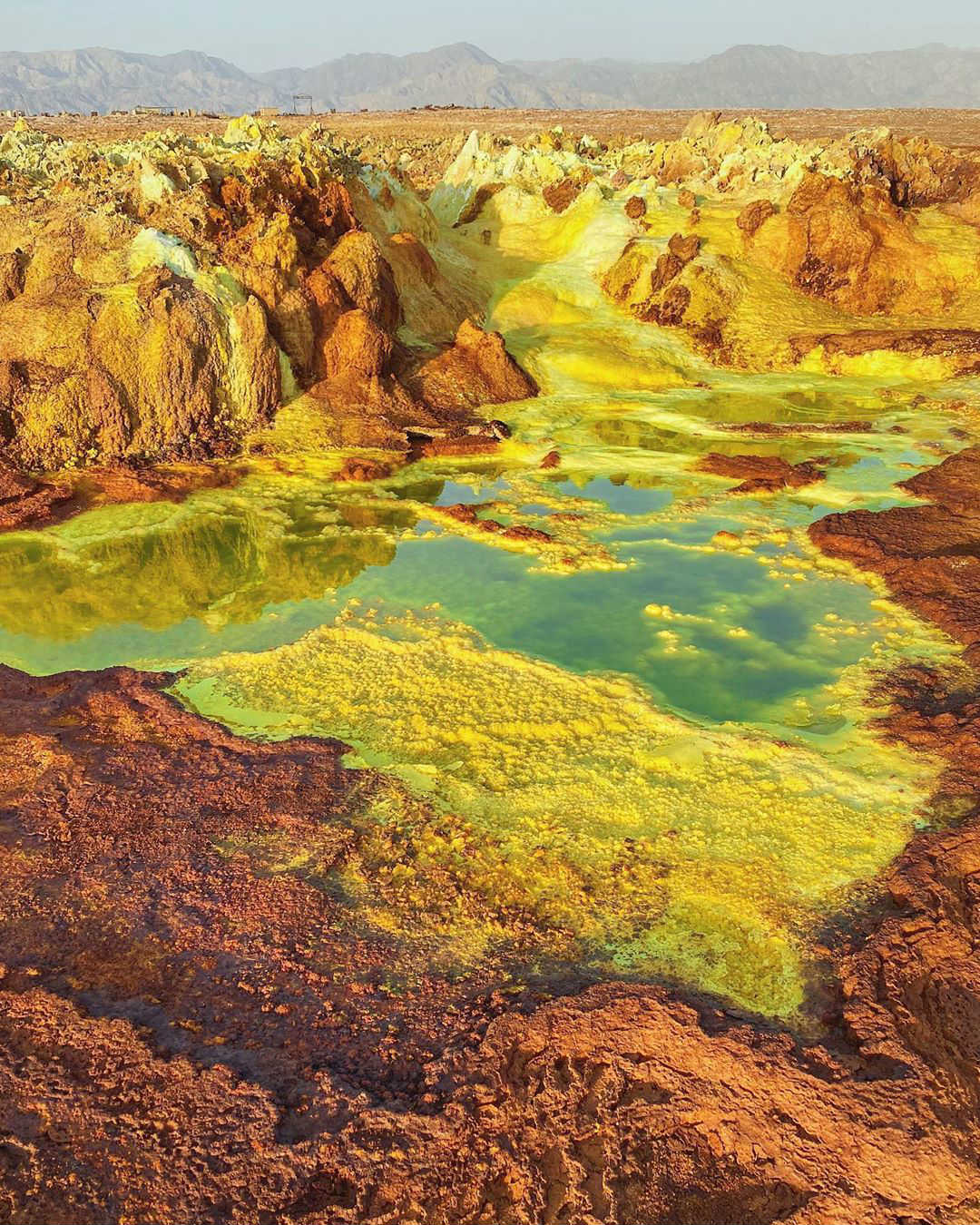
The Biggest Challenges of Ethiopia Travel
The most challenging aspect of my three week journey to Ethiopia was the level of comfort particularly in the Afar Triangle. This deserted volcanic region has no access to water, electricity or solid infrastructure.
It’s difficult to maintain a basic level of hygiene and the cuisine is severely limited due to the lack of access to fresh ingredients.
One must be ready to sleep under the stars, have no access to a bathroom during the duration of your expedition and spend hours in a car surrounded by a military convoy on bumpy roads.
Try the Amazing Cuisine in the Horn of Africa
Ethiopian cuisine is very interesting and mainly consists of meat and vegetable stews. There are also spicy curries served on large sourdough pancakes called “Injera”. This dish is best shared with others and eaten with your right hand.
The flavours of Ethiopian cuisine are often refined and unexpected. A meal is normally accompanied by a pitcher of delicious honey wine and ends with a cup of strong black coffee.
Vegan travelers will find it a pleasure to travel in Ethiopia as there are many vegan options. Kategna and Yod Abyssinia are two restaurants in Addis Abeba I highly recommend. As well as Tomoka near Piazza for coffee.
A Major Highlight: Meeting the People of Ethiopia
The whole point of traveling to Ethiopia is to meet its people. Soft, graceful and engaging – it was a delight to encounter locals and share fragments of their everyday life.
Ethiopia is a multicultural country with a wide variety of ethic groups. Each group has its own specific folklore and dialect. It’s also a highly religious nation. Faith seems to be the core of their existence. Ethiopians are modest and gentle. It was such a humbling experience to meet them!
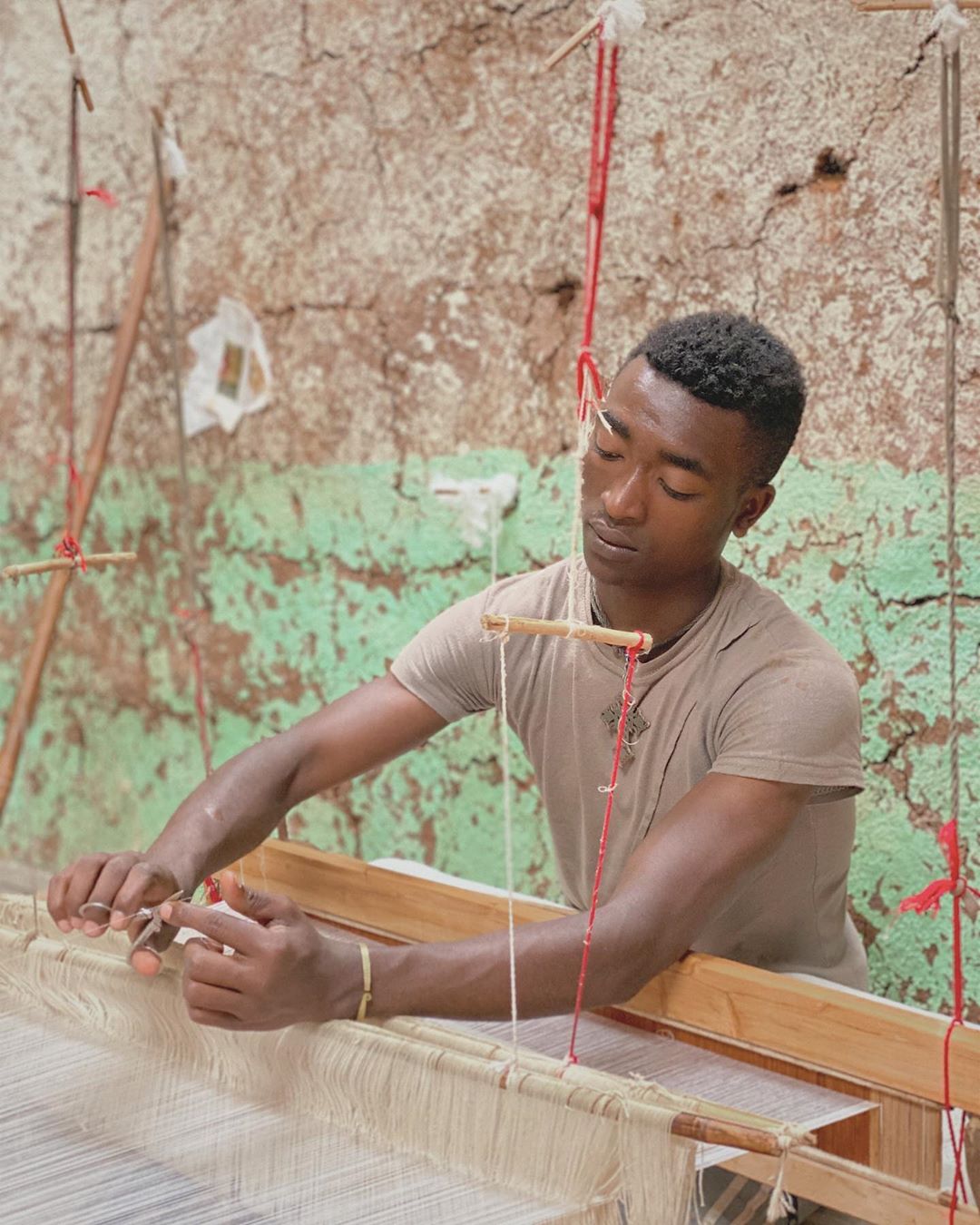
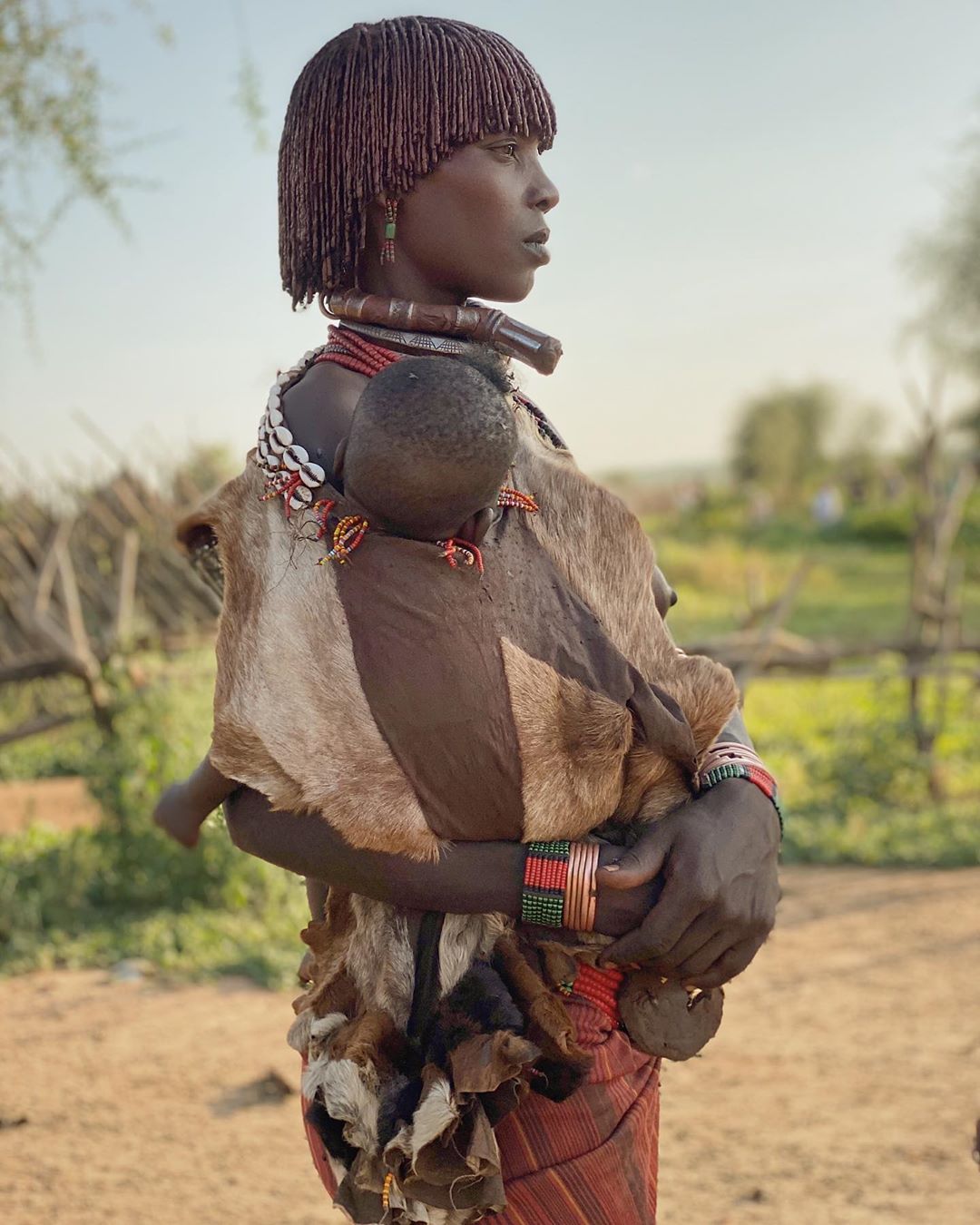
What you Need to Know Before you Go
People should remain respectful, considerate and patient towards Ethiopians and their rich culture. I would invite travelers not to compare Ethiopia with what they know but genuinely embrace its complex and layered heritage.
I would also highly recommend visitors pack items and clothes that they can distribute in villages across the country. Items such as pens, pencils, notebooks, clean garments in a decent state, solid soaps, reusable water containers, etc., would be highly appreciated.
Thanks for reading my guide on the best things to do in Ethiopia. I hope it has provided you with some insight and inspiration for your visit to this incredible African nation!








